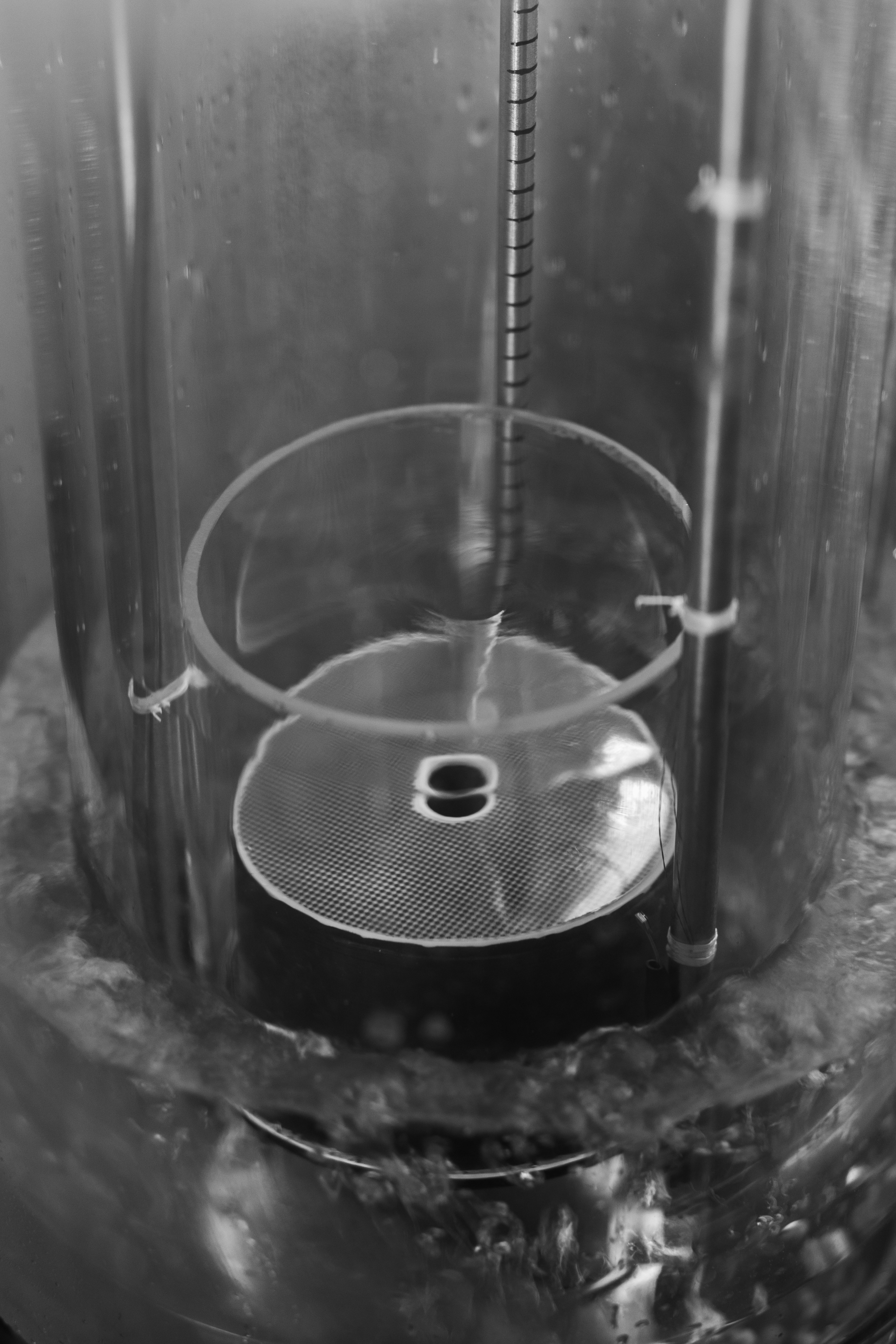Black holes are objects at the limit of our physical theories, so the better we understand them, the better we can test our knowledge of the universe. And while astrophysical black holes are studied in so many ways, it would be much easier to analyze one in the lab. Unfortunately, having one in a lab would lead to the destruction of said lab and probably the planet, so scientists have found the next best thing: they have created a simulation using a quantum tornado.
When helium is cooled down to just a few degrees above absolute zero, it becomes a superfluid. In this state, the whole liquid becomes quantum mechanical. It flows with no friction – so it doesn’t lose kinetic energy as it moves – and when stirred, a superfluid can form vortices that continue to rotate indefinitely.
“Superfluid helium contains tiny objects called quantum vortices, which tend to spread apart from each other. In our set-up, we’ve managed to confine tens of thousands of these quanta in a compact object resembling a small tornado, achieving a vortex flow with record-breaking strength in the realm of quantum fluids,” lead author of the paper, Dr Patrik Svancara from the School of Mathematical Sciences at the University of Nottingham, said in a statement.

The quantum vortex in superfluid helium experiment – superfluid helium is really transparent!
Imagecredit: Leonardo Solidoro
Black holes have been simulated in the lab with water and sound waves, but the use of superfluid helium allows them to be closer to reality – and that’s due to it being frictionless. That is a more realistic way to simulate spacetime and black holes.
“Using superfluid helium has allowed us to study tiny surface waves in greater detail and accuracy than with our previous experiments in water. As the viscosity of superfluid helium is extremely small, we were able to meticulously investigate their interaction with the superfluid tornado and compare the findings with our own theoretical projections,” Dr Svancara added.
The work is many years in the making. The latest results show how the researchers were able to see interactions analogous to what is expected to exist around black holes. And they believe this approach could help study how quantum fields behave in rotating and curved spacetime.
“When we first observed clear signatures of black hole physics in our initial analogue experiment back in 2017, it was a breakthrough moment for understanding some of the bizarre phenomena that are often challenging, if not impossible, to study otherwise,” added corresponding author Professor Silke Weinfurtner, who leads the work in the Black Hole Laboratory where this experiment was developed
“Now, with our more sophisticated experiment, we have taken this research to the next level, which could eventually lead us to predict how quantum fields behave in curved spacetimes around astrophysical black holes.”
The study is published in the journal Nature.
Source Link: First Ever "Quantum Tornado" Lets Scientists Simulate Black Holes In The Lab